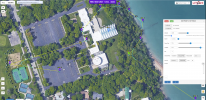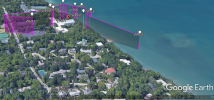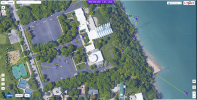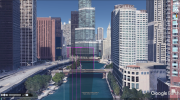Hi all,
I recently took an aerial shot of a cabin in the woods with my Mavic 2 Pro (photo attached). I would like to take that exact same photo in spring, winter and fall. I have the GPS coordinates for the photo from the information stored with the photo. Is there a way to "instruct" my drone to fly to that exact same location so I can get the same image in the different seasons? Thank you!
Mike
I recently took an aerial shot of a cabin in the woods with my Mavic 2 Pro (photo attached). I would like to take that exact same photo in spring, winter and fall. I have the GPS coordinates for the photo from the information stored with the photo. Is there a way to "instruct" my drone to fly to that exact same location so I can get the same image in the different seasons? Thank you!
Mike
















